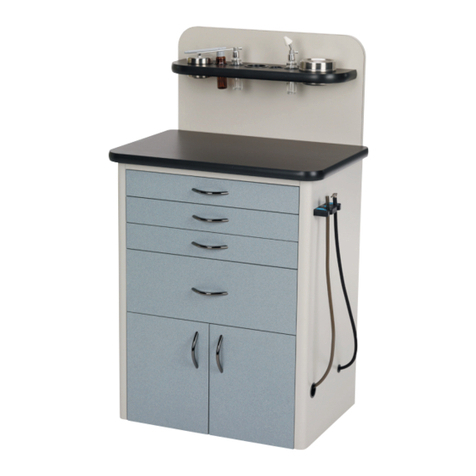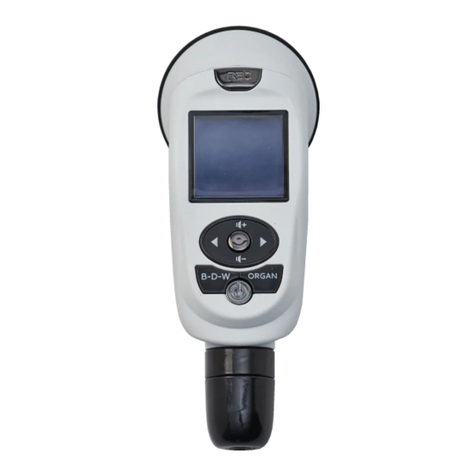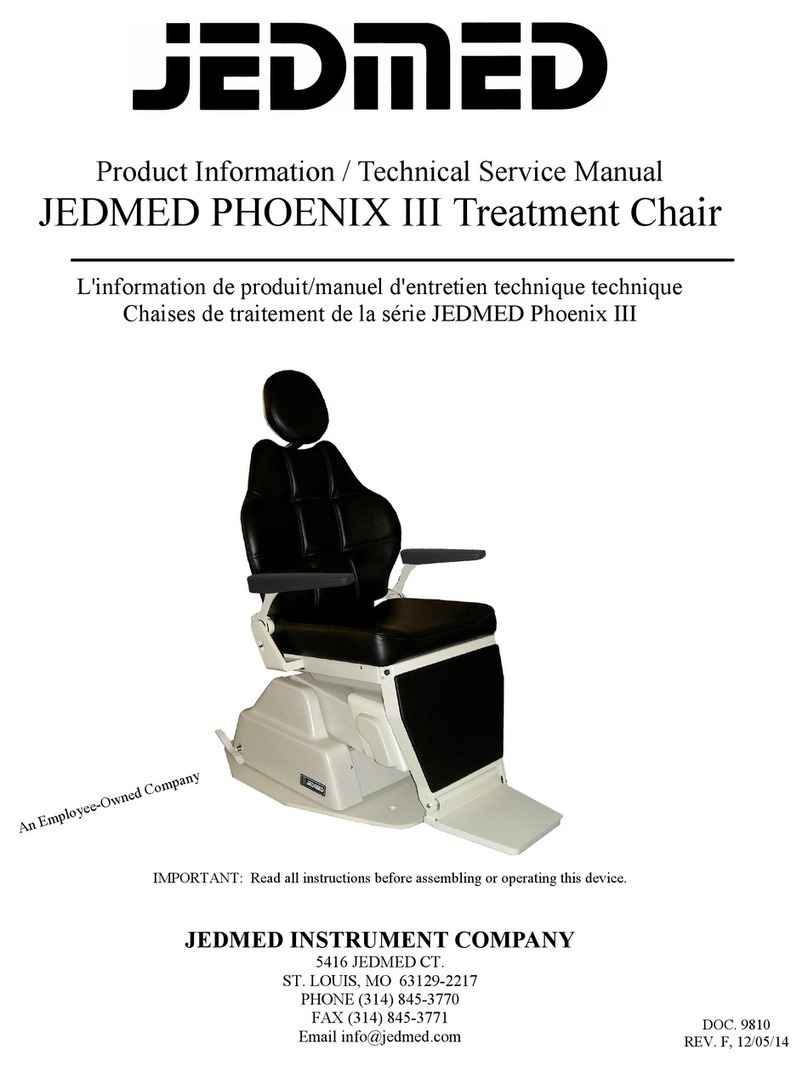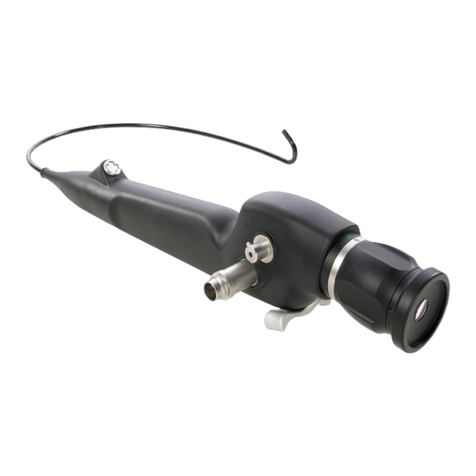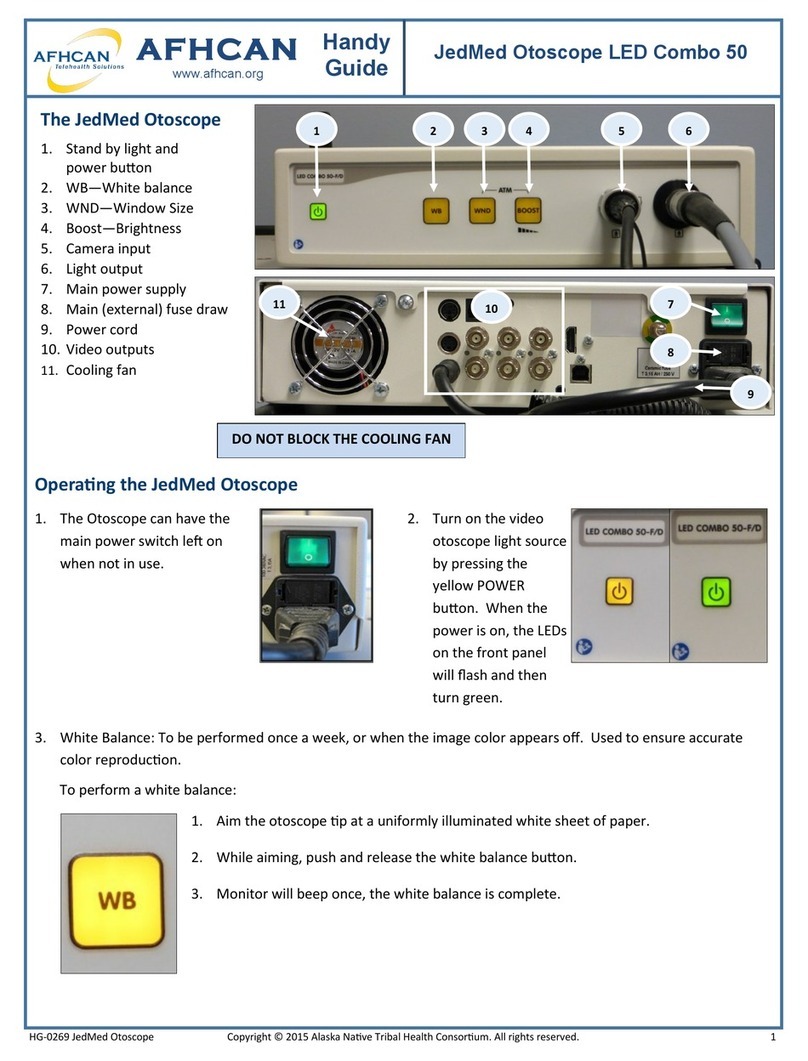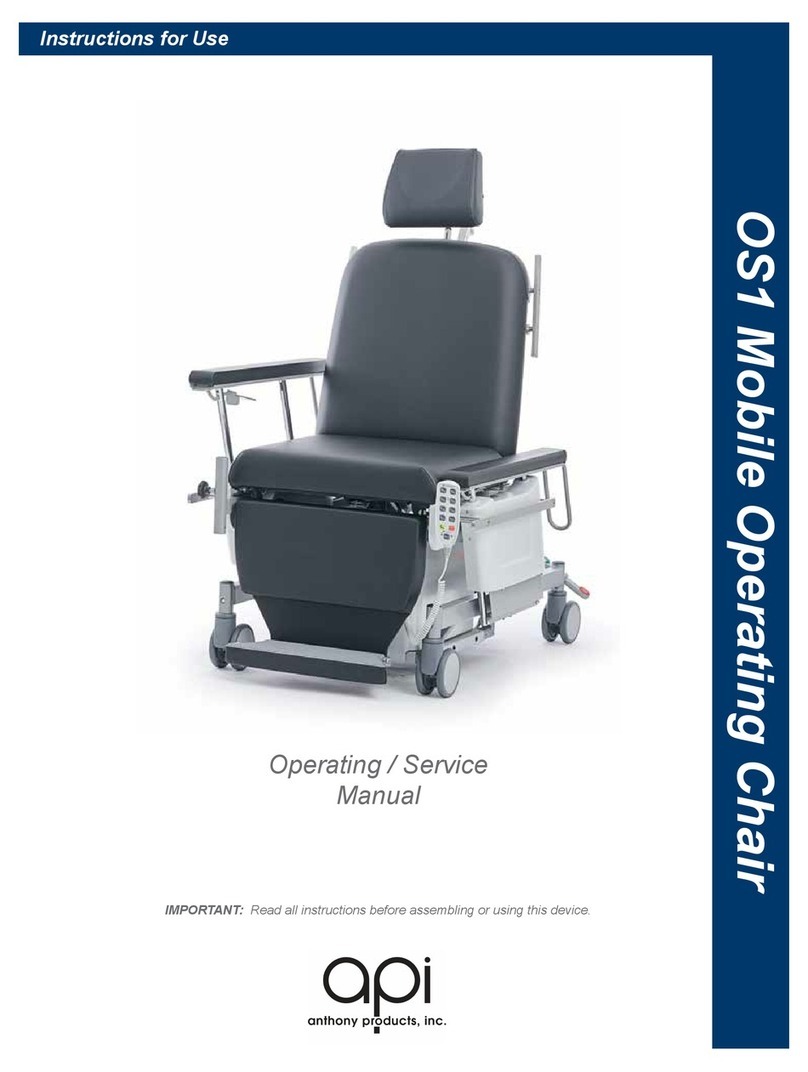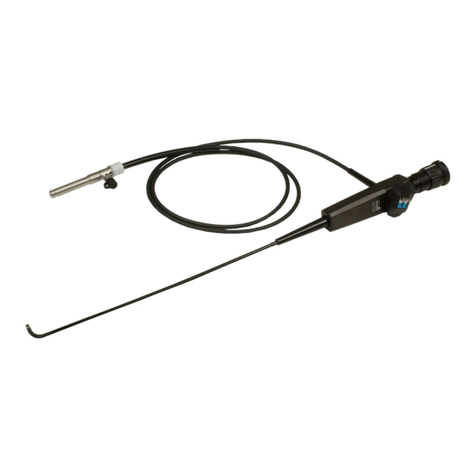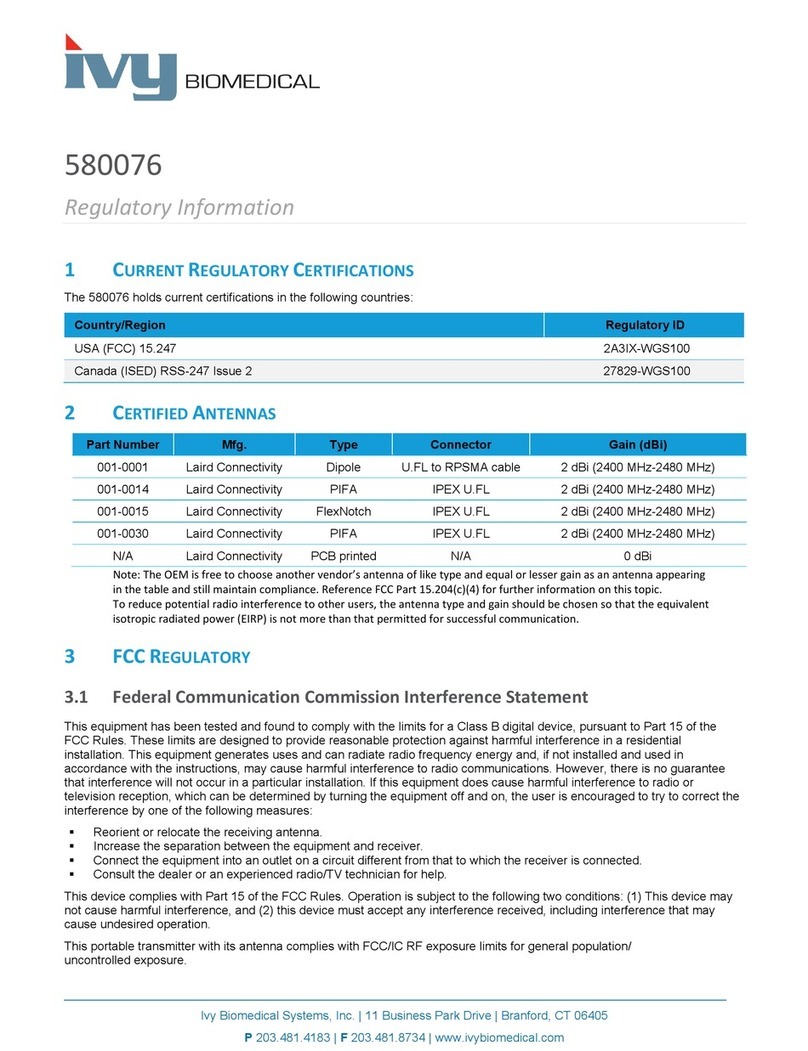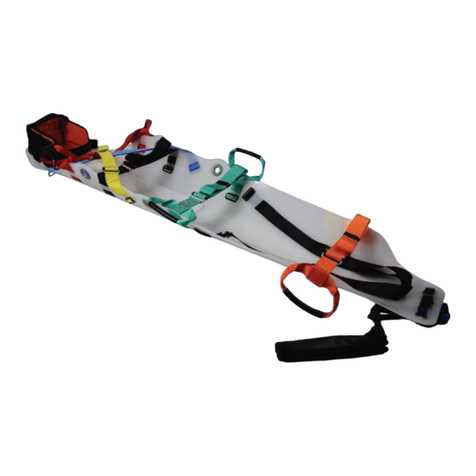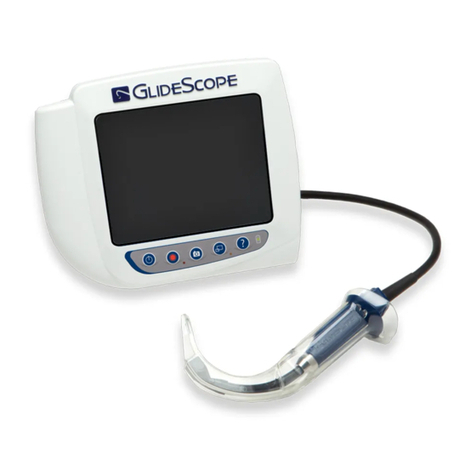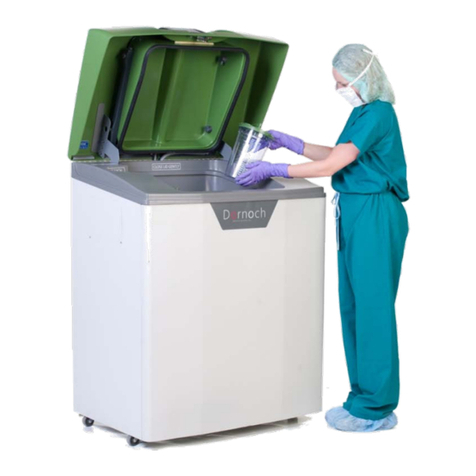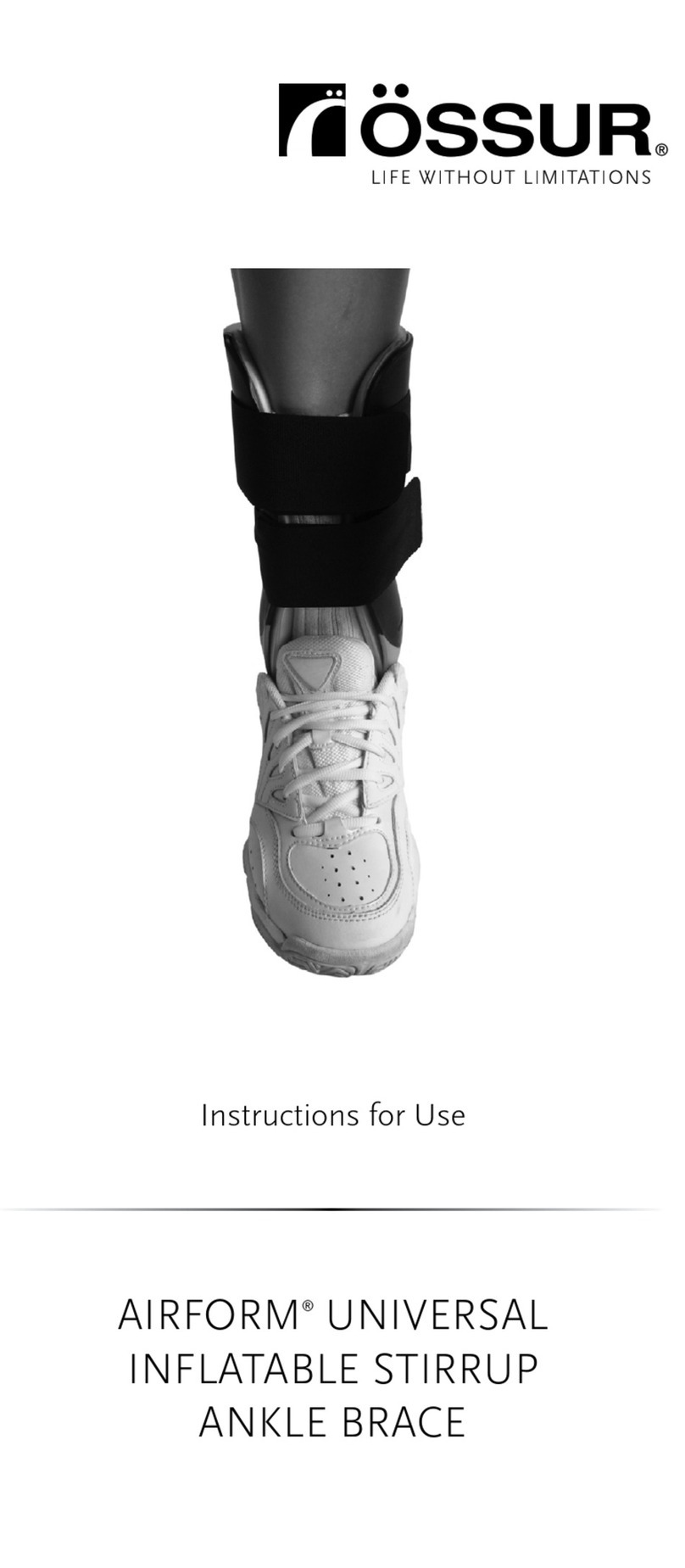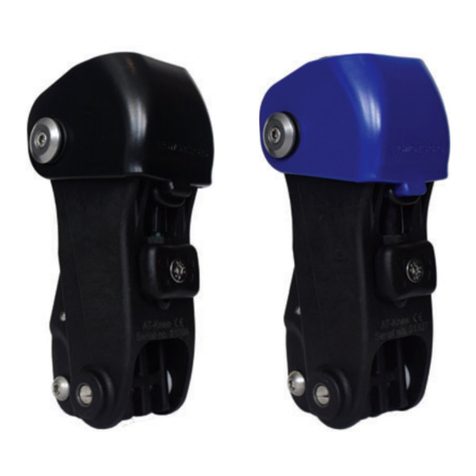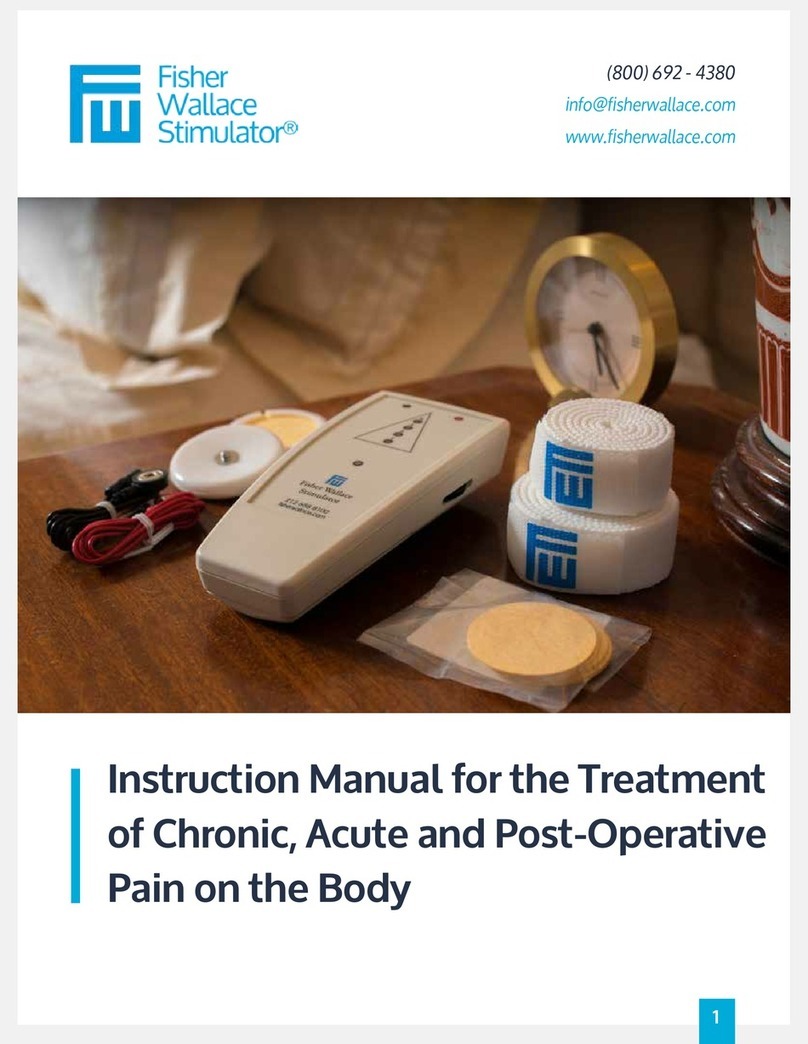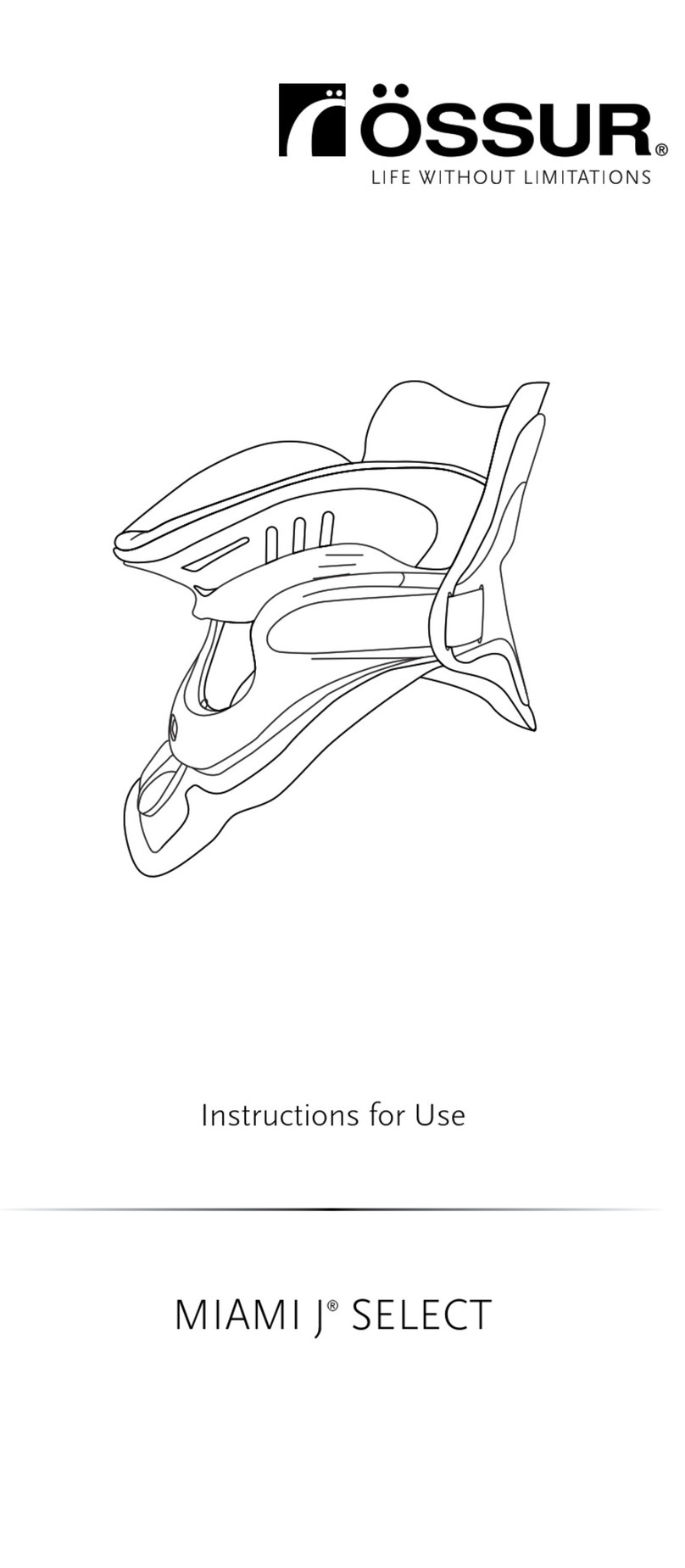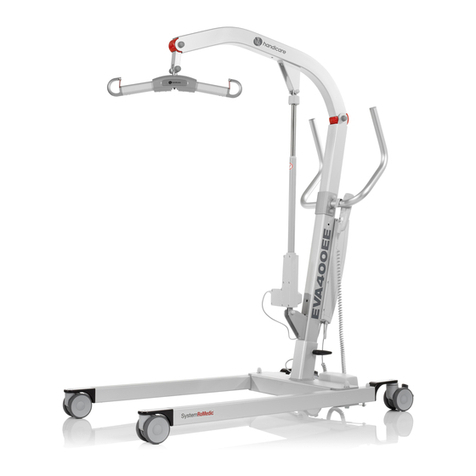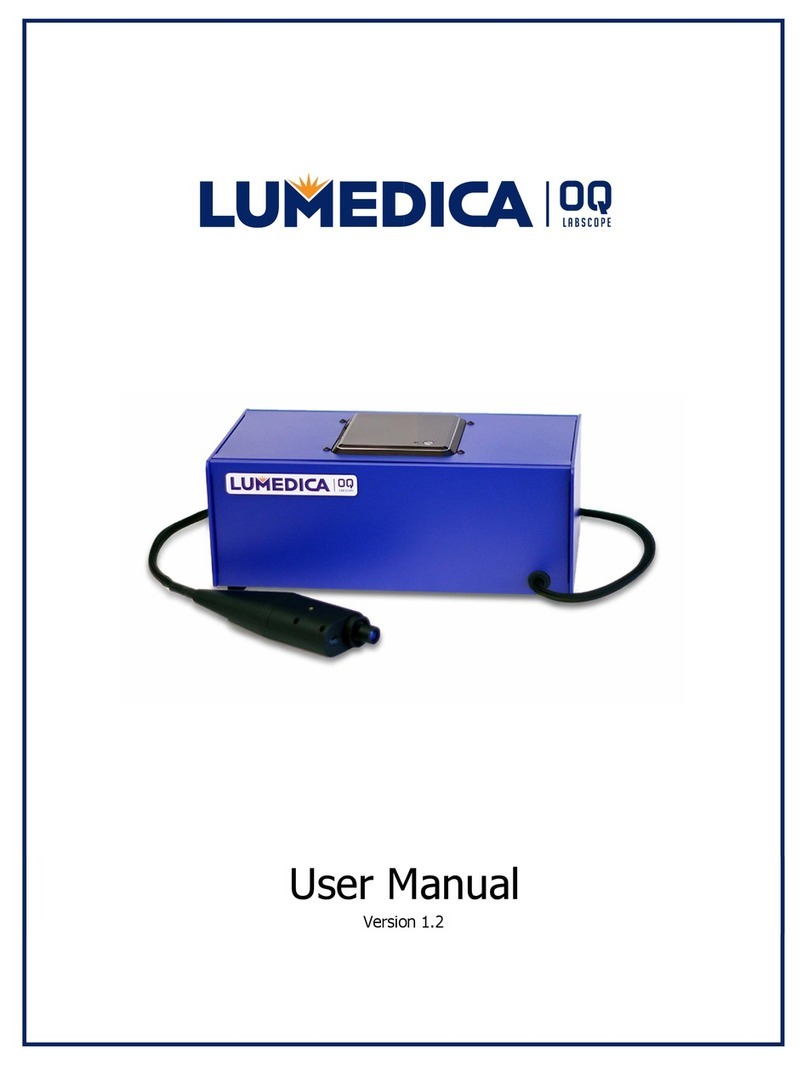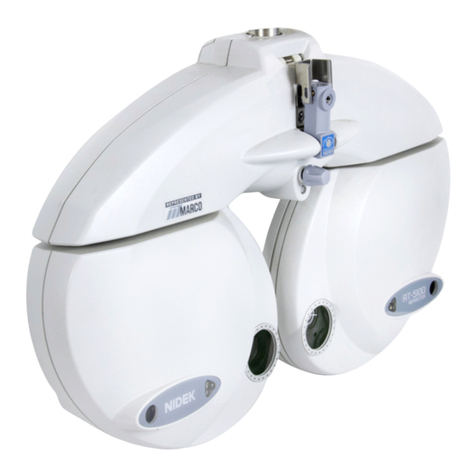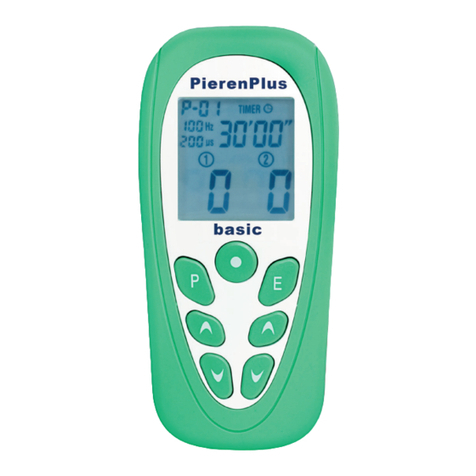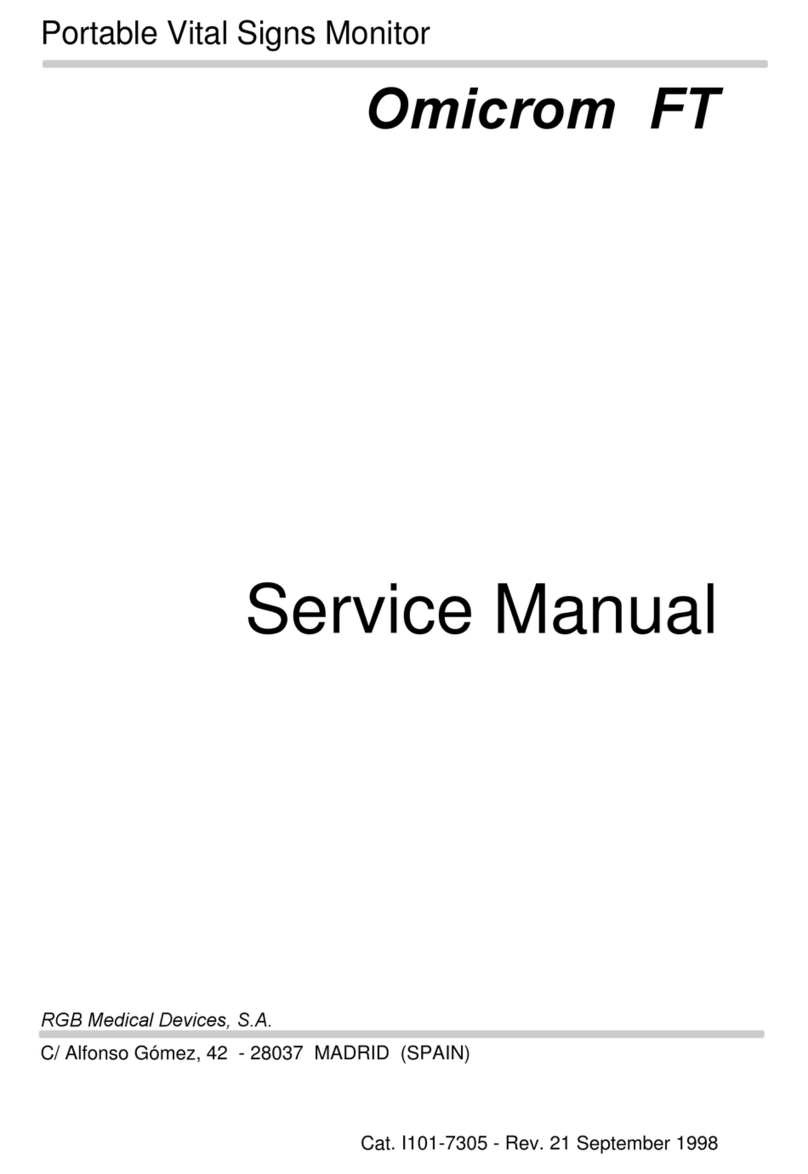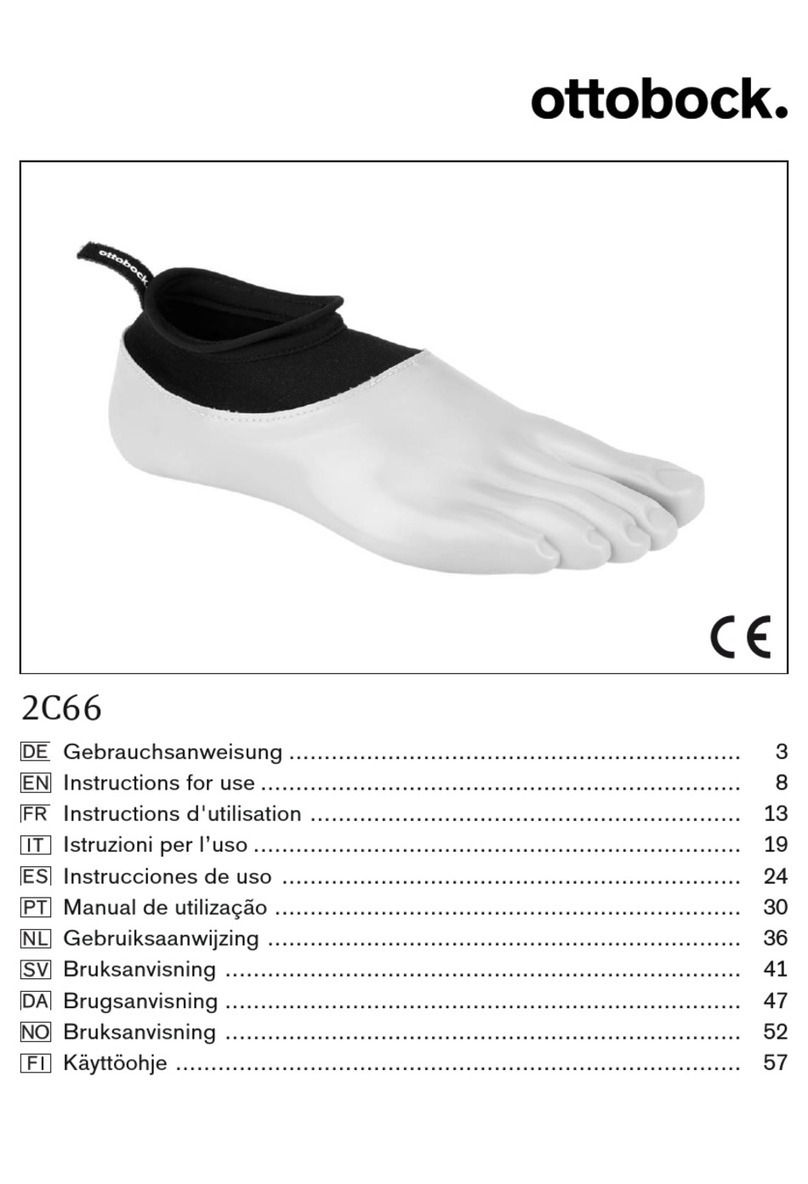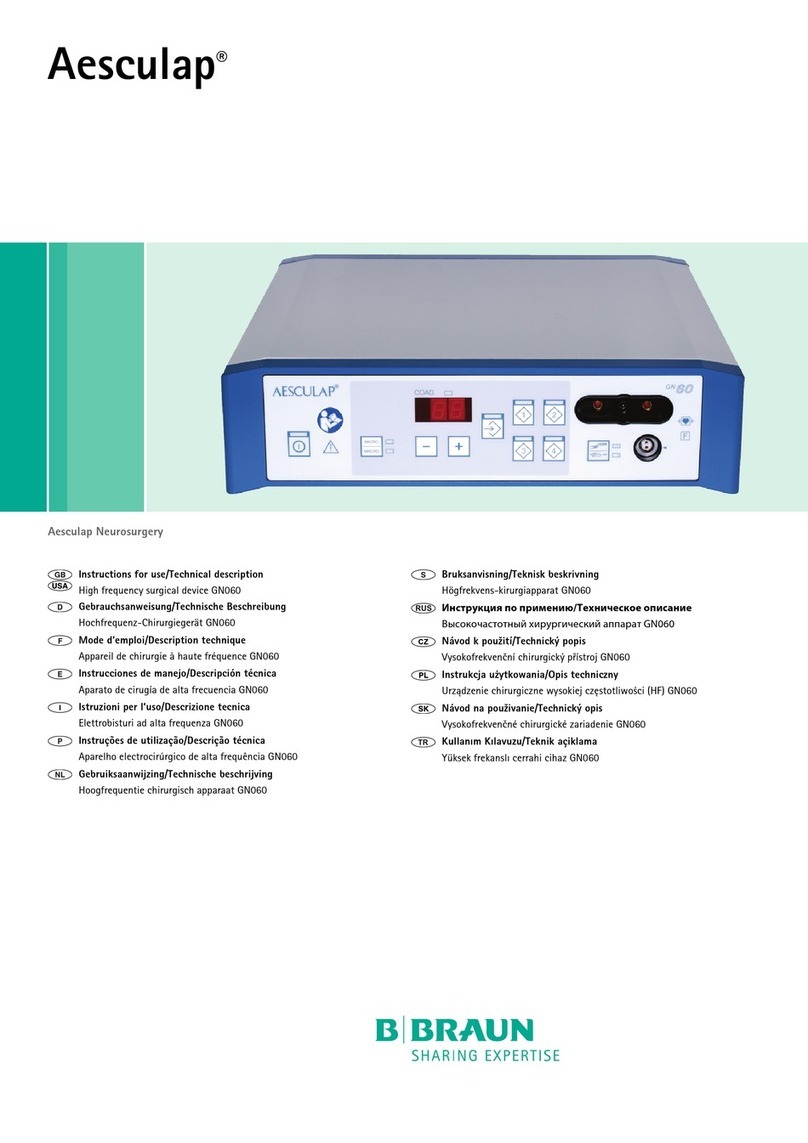
3
Preparations
Before use
Prior to installation and start-up of the Horus Scope, carefully read the user manual. As with all
technical devices, the proper function and safety operation of this device depend on the user
complying with the safety recommendations presented in these operating instructions. In
addition, please make sure it does not appear damaged or broken. If there are breaks on the
outer casing or other visual defects, please contact the manufacturer or a certified service facility.
This device to be sold and distributed, and it should be used only by or on the order of a
physician in hospital or Clinic.
This instrument must not be used for the following patients:
•
Patients who are hypersensitive to light.
•
Patients who recently underwent photodynamic therapy (PDT).
•
Patients taking medication that causes photosensitivity.
•
Patients with a history of migraines.
•
Patients with a history of photosensitive epilepsy.
•
Patients with any kind of disease which could be induced by flash or strong light.
Camera handling
Protect the camera from excessive vibration, force, or pressure.
Avoid using the camera under the following conditions, which may damage the lens, the
monitor, or the control unit and may also cause the camera to malfunction or prevent
recording:
•
Dropping or hitting the camera against a hard surface.
•
Exerting excessive force on the lens or the monitor.
The camera is not dust resistant, splash resistant, or waterproof. Avoid using the camera in
places with excessive dust or sand, or where water can come into contact with the camera.
Avoid using the camera under the following conditions, which present the risk that sand,
water, or foreign material entering the camera through the lens or gaps around buttons. Be
especially careful because these condition may dam- age the camera, and such damage may
not be repairable:
•
Operate in extremely dusty or sandy places
•
Exposing the camera to rain or moisture
Condensation (when the lens or the monitor is fogged up)
Condensation may occur when the camera is exposed to sudden changes of temperature or
humidity. Avoid these conditions because they may soil the lens or the monitor, cause mold,
or damage the camera.
If condensation does occur, turn off the camera and wait for about two hours before using
it. Once the camera adjusts to the surrounding temperature, the fogging will clear naturally.
Safe eye screening
While no acute optical radiation hazards have been identified with the camera, it is
recommended that the intensity of light directed into the patient’s eye be limited to the
minimum level necessary for diagnosis. Infants, aphakes, and persons with diseased eyes are




















